I have the following image
lower = np.array([175, 125, 45], dtype="uint8")
upper = np.array([255, 255, 255], dtype="uint8")
mask = cv2.inRange(image, lower, upper)
img = cv2.bitwise_and(image, image, mask=mask)
plt.figure()
plt.imshow(img)
plt.axis('off')
plt.show()
now if I try to transform into grayscale like this:
gray = cv2.cvtColor(img, cv2.COLOR_RGB2GRAY)
I get that:
And I would like to extract the number on it.
The suggestion:
gray = 255 - gray
emp = np.full_like(gray, 255)
emp -= gray
emp[emp==0] = 255
emp[emp<100] = 0
gauss = cv2.GaussianBlur(emp, (3,3), 1)
gauss[gauss<220] = 0
plt.imshow(gauss)
gives the image:
Then using pytesseract on any of the images:
data = pytesseract.image_to_string(img, config='outputbase digits')
gives:
'\x0c'
Another suggested solution is:
gray = cv2.cvtColor(img, cv2.COLOR_RGB2GRAY)
thr = cv2.threshold(gray, 0, 255, cv2.THRESH_BINARY_INV)[1]
txt = pytesseract.image_to_string(thr)
plt.imshow(thr)
And this gives
'\x0c'
Not very satisfying... Anyone has a better solution please?
Thanks!







